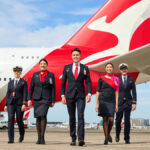
AIRLINES: Is this the end of the low cost airline subsidiaries?
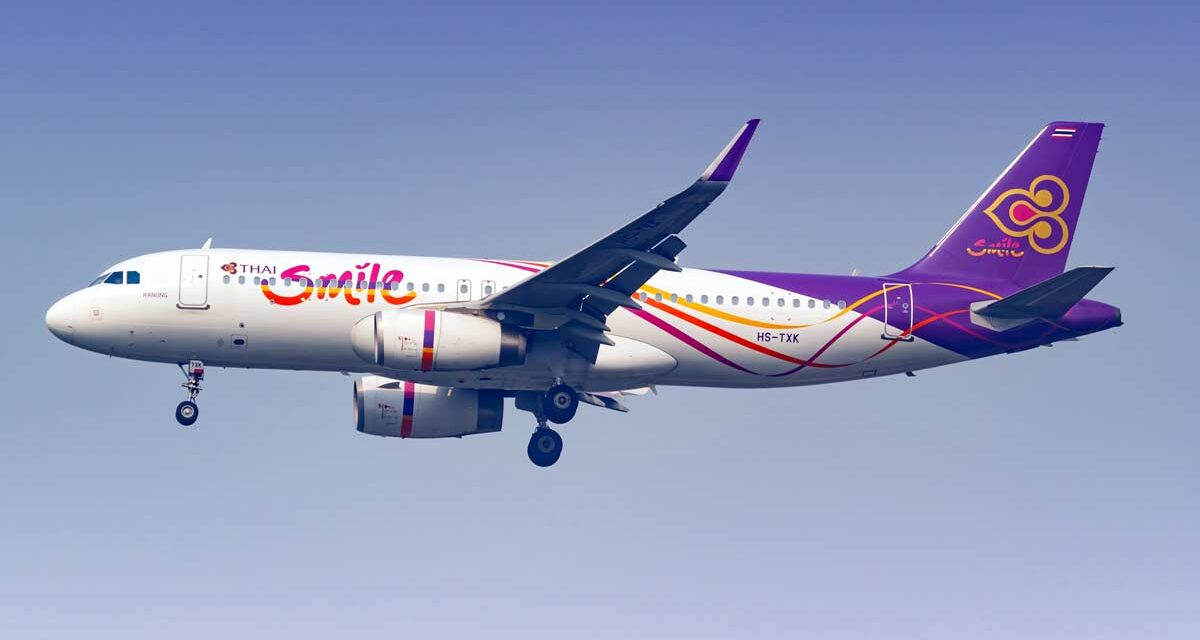
Low-cost airline subsidiaries, part of airline groups, have slowly been closing or being absorbed into their full-service parent operations. On the other hand, ultra-low-cost airlines are thriving and full-service airlines are raking it in post-COVID-19.
Does this mean top full-service airlines and the bottom, ultra-low-cost flyers will survive, but the mere low-cost carriers will become ‘piggy-in-the-middle’ with no viable market? It’s beginning to look like that with this late news from Thai Airways.
Is the carrier-within-a-carrier or airline-within-an-airline strategy a response to low-cost competitors by full-service airlines at an end?
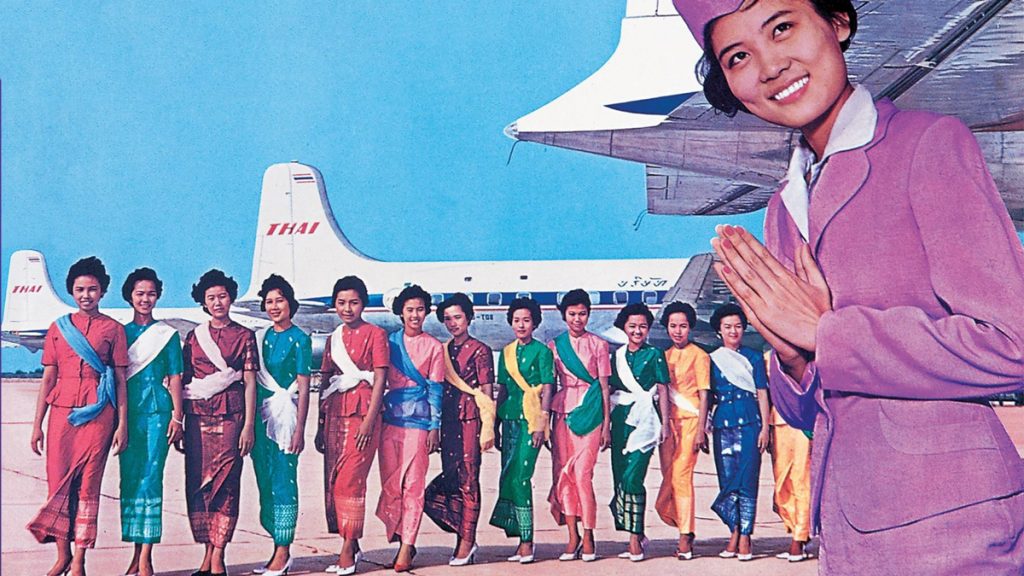
Content of this Post:
Thai Smile – no more
It was announced last year that Thai Smile, Thai Airways‘ low-cost domestic subsidiary, would cease trading in early 2024. Operations have ceased under the Thai Smile brand since 31 December. The final roundtrip flights were between Bangkok-Krabi, Bangkok-Khon Kaen, Bangkok-Chiang Rai and Bangkok-Hat Yai.
In keeping with the arrangements under the bankruptcy court ruling, the airline is to be folded back into Thai Airways as of 1 January 2024. The bankruptcy arrangements for Thai Airways are similar to Chapter 11 provisions in the USA. The Airline can continue trading while supervised by the court’s decisions.
Thai Smile history
Thai Smile Airways was launched in 2012 as a wholly-owned subsidiary of Thai Airways International. Its operations were to focus on regional and domestic Thai routes. With a younger, more casual brand image, it was hoped that the airline would provide a low-cost alternative to its owner, Thai Airways.
Unfortunately, it was never particularly successful, and it suffered heavy losses during the period affected by COVID-19. According to TTRWeekly, its losses were just short of TH฿16 billion (~ US$460 million) since its 2012 inception.
Thai Airways is taking over all the staff, aircraft and bookings. It is shuffling around aircraft, drawing on its larger fleet to take on more popular routes instead of only using the 20 ex-Thai Smile A320s. Two organisations, fleets and staff are now one under the single brand of Thai Airways.
Thai Smile used to offer a premium economy cabin, which is now marketed as a business cabin. However, Thai is now explicitly warning passengers that Royal Silk Class (business class) is known as Silk Class on the A320s and is like European airlines’ Business Class, with just a blocked middle seat. Thai faced a false advertising charge when it conflated the two classes in marketing material. Now, there is a specific warning distinguishing the classes during the booking process.
Whether there are reconfiguration plans for these premium cabins is not clear.
![Scoot Airlines, the low cost division of Singapore Airlines, Boeing 787 Dreamliner [Scoot]](https://www.2paxfly.com/wp-content/uploads/2023/10/Scoot-787.jpg)
Full-service airlines are exiting their low-cost subsidiaries
Just as opening low-cost brands was a trend for full-service airlines in the early 2000s, now closing them is the trend.
Let’s face it: many low-cost subsidiaries were not low-cost for the consumer; they were just low-service from the airline. For many, once you added in, the segmented baggage costs, catering, seat selection, and fares were around the same as their full-service parent. It was a low-service marketing strategy that was the distinction, allowing them to distinguish brands chimerically according to price.
An additional but parallel component has been the splitting of domestic or regional single-aisle jet operations from wider body international functions. Here are some further examples of the demise of the low-cost subsidiary.
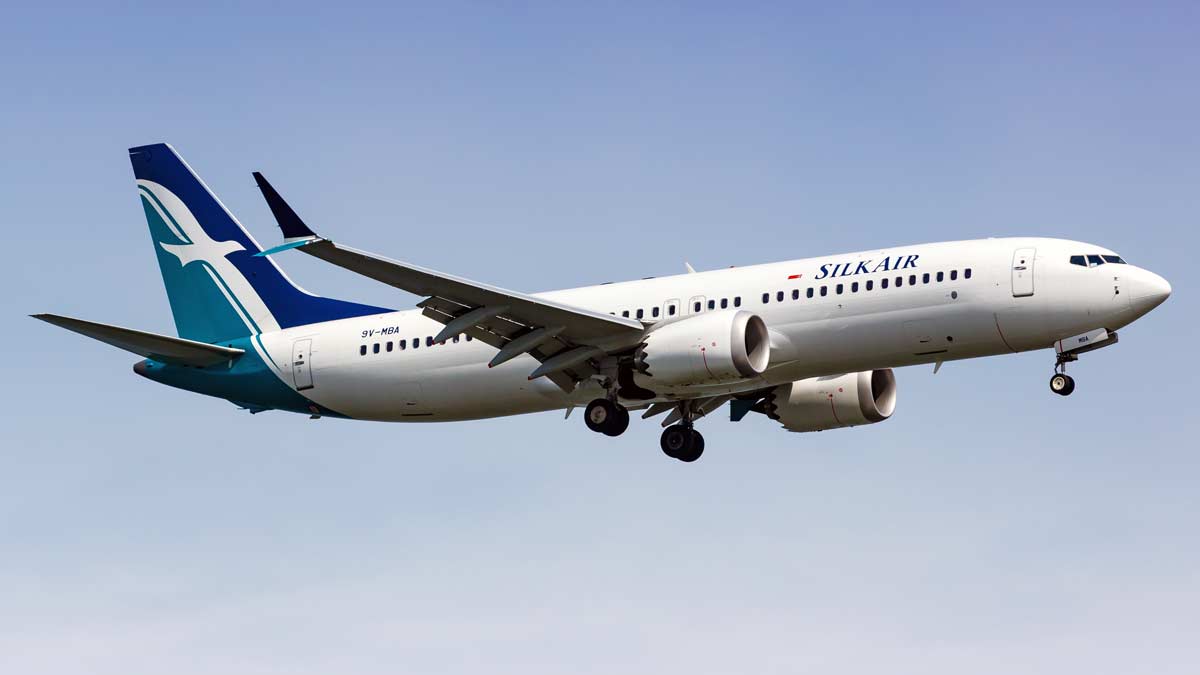
Singapore Airlines and Silk Air
Silk Air became a subsidiary of Singapore Airlines (SIA), formed from Tradewinds Airlines in 1992. It serviced surrounding Asian destinations, including Indonesia, Cambodia, Laos, Thailand, and Myanmar. It even took on some routes with its fleet of predominantly Boeing 737-800 aircraft formerly serviced by another SIA low-cost entity, Scoot, which commenced operations in 2012.
Scoot is bucking the demise of low-cost subsidiaries trend despite some blows delivered by the COVID pandemic, including the ill-fated partnership ‘Nok-Scoot’ with Thailand-based Nok Air. In 2017, it absorbed the ultra-low-cost Tiger Air operation, also previously an SIA subsidiary. It now has a fleet of several types of Boeing 787 and Airbus A321 Neos and is reportedly talking with Embraer about an order for E-Jet aircraft.
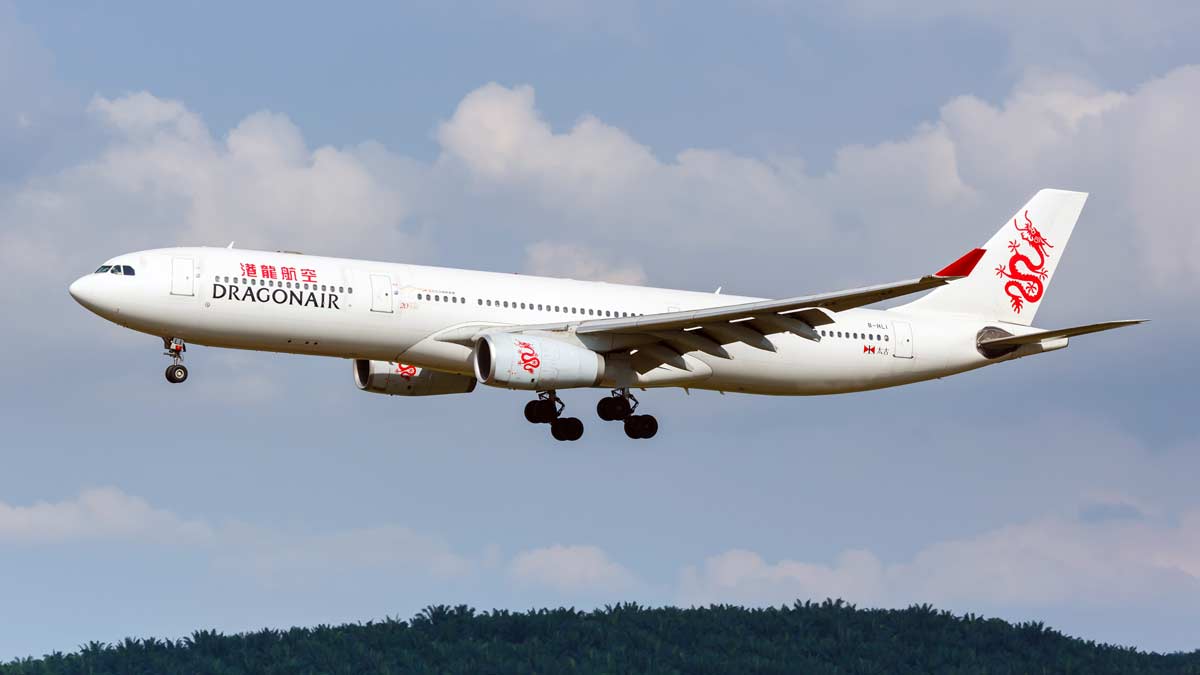
Cathay Pacific and Cathay Dragon
Dragonair has a history dating back to 1985. It was acquired by the Swire group and others, also owners of Cathay in the 1990s. In 2006 it became a wholly owned subsidiary of Cathay Pacific, with a major rebranding as a regional airline Cathay Dragon in 2016. Unfortunately, it, too, was a victim of the pandemic, closing completely in 2020. Although a regional player rather than strictly a low-cost carrier, it owned roughly 40 Airbus A320 and A330 aircraft, serving predominantly the Hong Kong to China destinations. There are some geopolitics going on here, too, with the changes in Hong Kong’s real and perceived independence.
Why running an airline within an airline might be outdated
It’s expensive to be two things to the same person. You need to have separate Air Operation Certificates and separate management operations. You need separate maintenance systems. Different staffing contracts, etc etc
And, post-pandemic, the market has changed. The direction is not entirely clear yet, with some arguing that it will be a rip-roaring time for ultra-low-cost airlines. On the other hand, with pent-up demand and money saved during COVID-19, consumers, despite the cost of living increases, appear to be willing to spend more on air travel, whether it’s making up for trips they cancelled due to COVID or a better class of airline seat, they now feel entitled to.
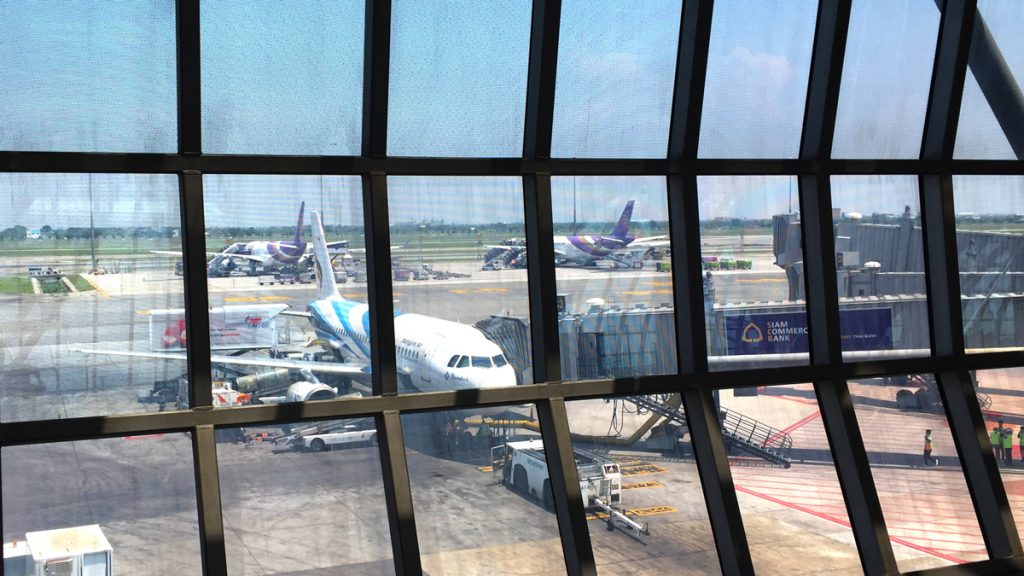
2PAXfly Takeout
There is a lot more to delve into here. Still, my hunch is that these sorts of ‘hybrid’ airlines-within-airlines were more expensive branding exercises rather than providing a low-cost alternative under the same ownership. They weren’t particularly low-cost, although arguably, they were low-service. Their distinguishing features relied on differentiated markets – regional v international and, to some extent, brand. Aircraft type and regionality also came into it. The example of Thai Smile, Silk Air and Cathay Dragon all serviced inter-regional Asian areas with predominantly smaller aircraft
These were no Ryan Air’s operating within a national behemoth full-service airline. They were maybe at their centre a branding exercise based on a business approach that is now outmoded. Maybe it’s just a consolidation of the industry after a fracturing of brands to try to gain greater markets. An exercise, when faced with the challenge of a pandemic, failed.
I’m still thinking this through, so any thoughts or observations will be gratefully received.

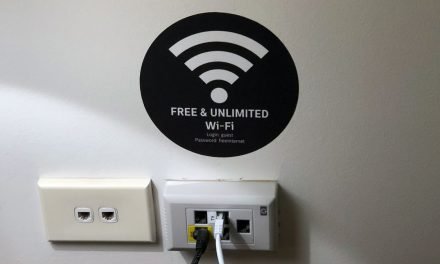
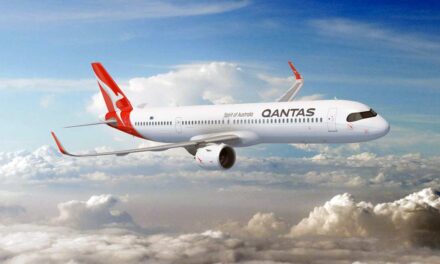
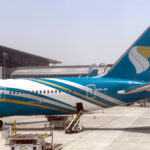
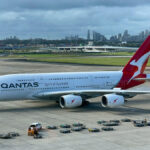


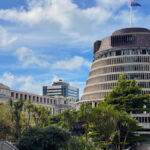

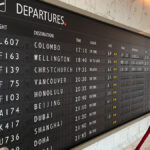
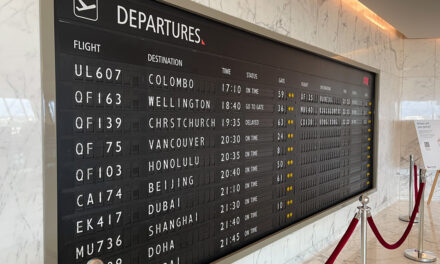

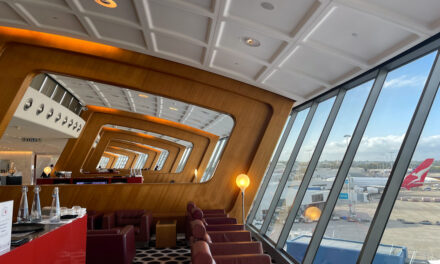
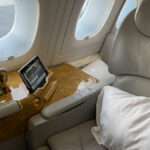
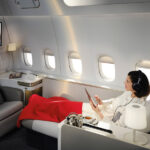
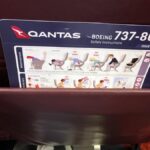

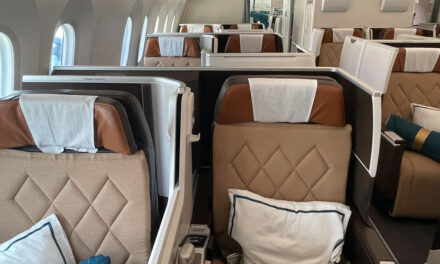
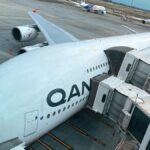

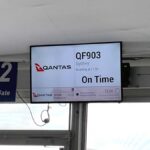

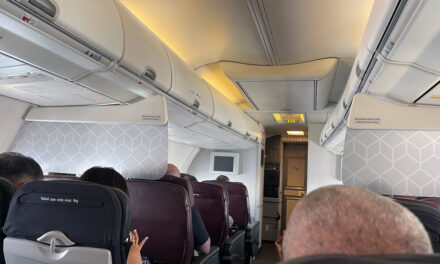



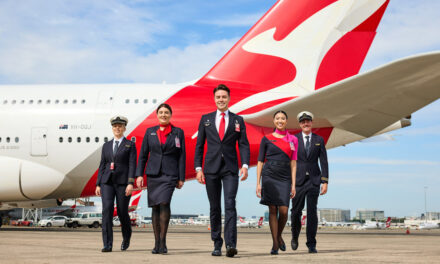
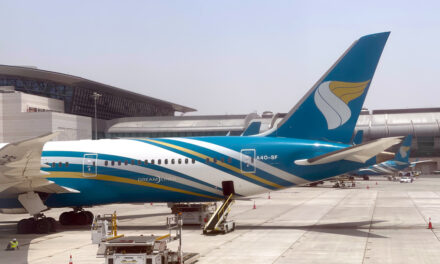


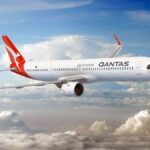

What did you say?